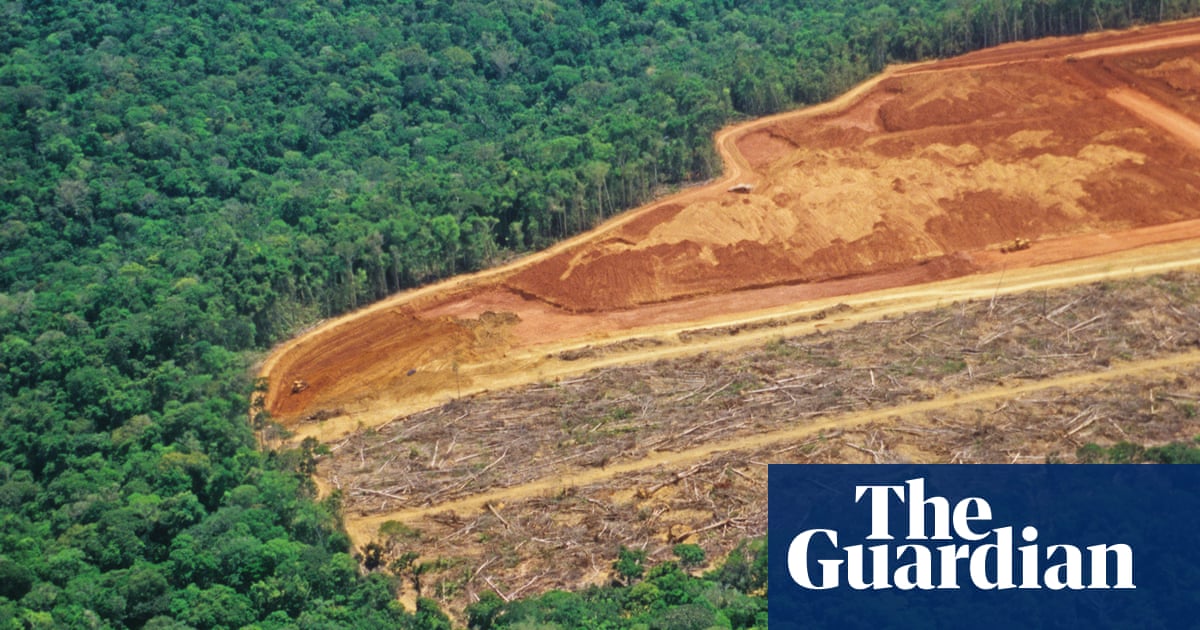You might think that wearing a top made from wood pulp would give instant eco-credentials – it is renewable, biodegradable, and, having once been a tree, it has soaked up some carbon along the way. What's more, it's not plastic. This is why many brands are opting for viscose, Lycocell, acetate and modal – soft, silky, semi-synthetic fabrics made from tree-pulp – as an apparently more sustainable option.
Except that the chances are that your wood-pulp top may not be so green. "Deforestation continues to be a problem," says Nicole Rycroft, who founded Canopy, a Vancouver-based NGO, 10 years ago to help protect ancient and endangered forests. The NGO's initiative CanopyStyle focuses on fashion.

"It's 2024 – surely we are smarter than mowing down 1,000-year-old trees to make T-shirts." In total, about 300m trees are logged globally each year to make viscose, sustainably or otherwise. These fabrics go by the rather geeky term, "man-made cellulosic fibres", or MMCFs.
Demand for viscose, the third most used fabric in fashion (after polyester and cotton), is expected to double over the next eight years, says Rycroft: "Many brands are looking for a substitute for polyester or virgin cotton, but it's trading one environmental disaster for another." "Significant amounts" of viscose come from endangered forests in Brazil, Canada and Indonesia, says Rycroft. "We've also noted old-growth forests in Australia – koala habitats – disappearing into the viscose supply-chain.
And it'.
















